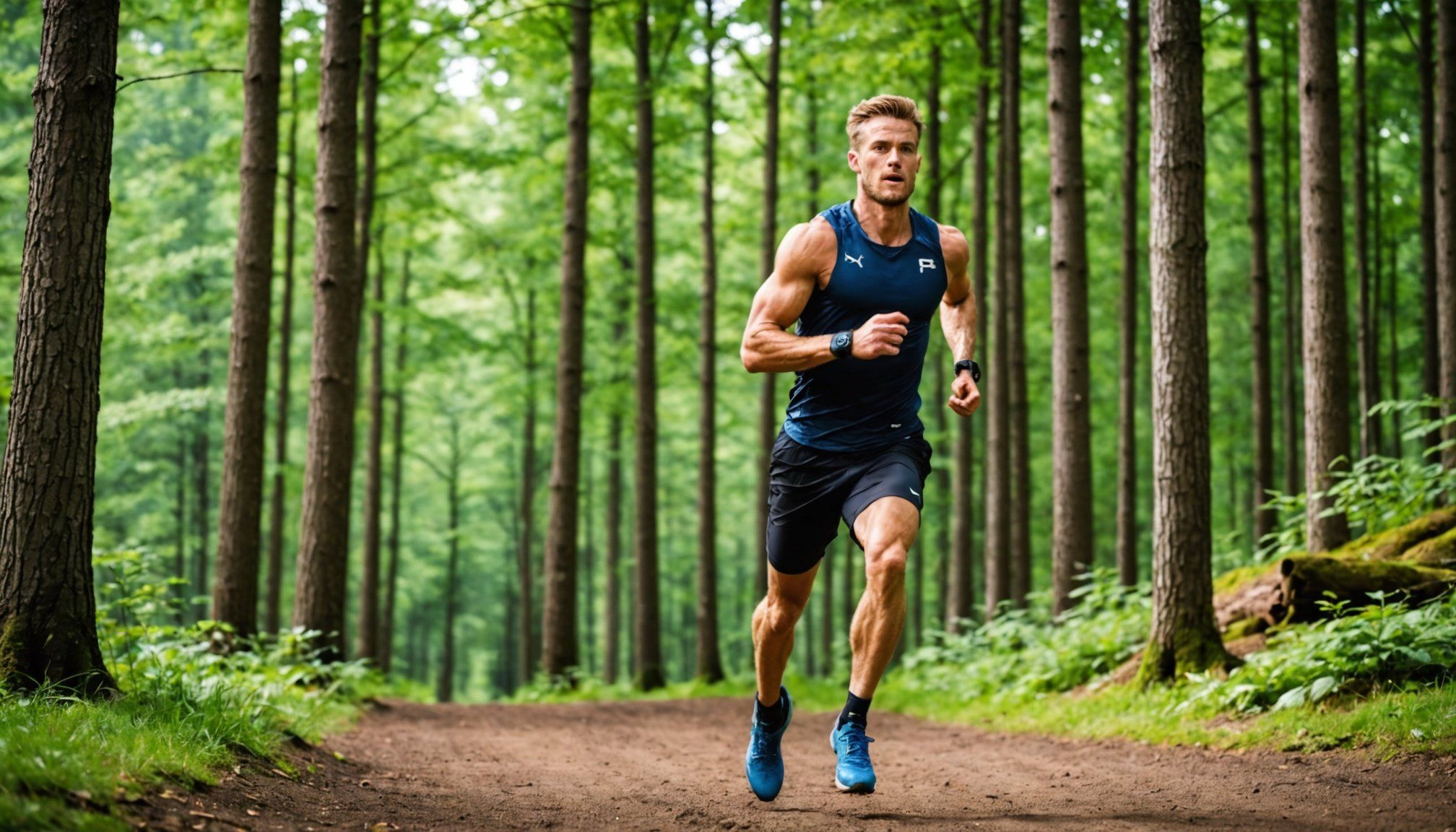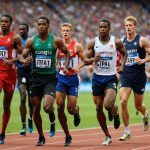In recent years, the connection between environmental factors and athletic performance has gained significant attention. As we explore the role of the environment in the performance of athletes engaged in outdoor sports, we delve into various elements such as climate, pollution, and air quality. Understanding how these factors influence athletes not only enhances their training regimes but also informs scholars, coaches, and sports organizations about optimizing conditions for peak performance. This article examines the intricate relationship between outdoor environments and athletic performance, focusing on how factors like heat, air quality, and environmental change impact sports and exercise.
The Impact of Climate on Athlete Performance
Climate plays a crucial role in shaping the performance of athletes participating in outdoor sports. For instance, high temperatures can significantly affect endurance sports, such as running or cycling. When athletes train or compete in hot conditions, their bodies must work harder to cool down, which can lead to dehydration, heat exhaustion, or even heat stroke. This is particularly concerning for athletes competing in events like the Olympic Games, which are often held during the summer months.
Also to see : What are the advantages of participating in sports for children’s social development?
In addition, humidity can exacerbate the effects of heat. When humidity levels are high, sweat does not evaporate efficiently, impeding the body’s natural cooling mechanisms. This can result in increased perceived exertion and decreased performance. Athletes must acclimatize to these conditions to maintain their performance levels. Training in similar environments can help.
Moreover, the climate also impacts the type of gear athletes use. For example, athletes may opt for lighter clothing or specialized shoes designed for hot weather to improve comfort and performance. On the other hand, colder climates pose their challenges. Cold weather can lead to muscle stiffness and reduced flexibility, which are detrimental to an athlete’s performance.
Also to read : What specific drills can improve hand-eye coordination for racquet sports like tennis or badminton?
Research published in journals such as PubMed emphasizes the importance of understanding how different climates affect athletic performance. It is vital for athletes to monitor weather conditions and adjust their training and competition strategies accordingly. Understanding the climate can also help coaches tailor their training programs to prepare athletes for specific conditions, ultimately enhancing their chances of success in competitions.
Air Quality and its Effects on Sports Performance
The quality of air is another significant factor that influences athletic performance, especially for outdoor sports. Pollution levels can vary greatly depending on location, season, and weather conditions. High levels of pollutants, such as particulate matter and ozone, can severely affect an athlete’s respiratory function. Poor air quality can lead to shortness of breath, decreased oxygen uptake, and increased fatigue, all of which negatively impact performance.
Athletes who train in polluted environments may experience chronic respiratory issues over time. Research indicates that consistent exposure to polluted air can lead to long-term health problems, which can derail athletic careers. For example, studies have shown that athletes in cities with high pollution levels may have lower lung function than those in cleaner environments, impacting their overall health and performance.
Moreover, environmental policies play a vital role in maintaining air quality. Athletes and organizations must advocate for cleaner environments to ensure the long-term health of athletes and the integrity of their sports. Events like the Olympic Games are often held in cities that must meet strict air quality standards, ensuring that athletes compete under optimal conditions.
Athletes can take proactive measures to mitigate the effects of poor air quality on their performance. Training indoors on days with high pollution levels or adjusting training schedules to avoid peak pollution times can be effective strategies. Additionally, using air purifiers and ensuring proper ventilation in training environments can help athletes maintain better respiratory health.
The Role of Heat in Outdoor Sports
Heat is an omnipresent factor in outdoor sports, influencing both training and competition. Athletes often find themselves competing in intense heat, especially during the summer months. This can elevate the risks associated with dehydration and heat-related illnesses, which can severely impair performance.
When the temperature rises, the body’s core temperature increases, prompting physiological changes to maintain homeostasis. Athletes begin to sweat more, and if fluid intake does not keep pace with heat production, they may become dehydrated. Dehydration leads to a decline in endurance, strength, and overall performance. It’s crucial for athletes to monitor their hydration levels before, during, and after exercising.
Moreover, the body’s natural response to heat can also affect psychological factors. High temperatures may lead to increased fatigue and decreased morale, which can hinder performance in competitive situations. Athletes need to develop mental strategies to cope with the challenges posed by heat, such as focusing on their breathing and maintaining a positive mindset.
Training in heat can be beneficial for athletes, allowing them to acclimatize and enhance their physiological responses to heat stress. However, it’s essential to approach such training carefully, gradually increasing exposure to high temperatures while ensuring proper hydration and recovery strategies are in place.
Environmental Change and Athletic Performance
The world is experiencing significant environmental changes, including global warming, deforestation, and urbanization. These changes are not only affecting natural habitats but also the conditions under which athletes train and compete. As temperatures rise and weather patterns shift, athletes must adapt to new challenges that can impact their performance.
One of the most pressing concerns is the increase in extreme weather events, including heatwaves and storms. Such events can disrupt training schedules, force athletes to relocate, and cause anxiety about competition conditions. For instance, if a competition venue experiences severe weather, athletes may be unable to perform at their best.
Moreover, climate change can lead to changes in terrain. For example, melting snow and ice can impact winter sports, while changing landscapes can alter the dynamics of athletic competitions in nature-based sports like trail running or mountain biking. Athletes and coaches must stay informed about these changes to adapt their training methodologies accordingly.
Sustainable practices in sports, such as reducing carbon footprints and promoting eco-friendly events, are becoming increasingly important. Athletes can advocate for sustainability and raise awareness about how environmental changes affect sports. By integrating sustainability into their training and competition strategies, they can not only enhance their performance but also contribute to a healthier planet.
In summary, the environment plays an undeniable role in the performance of athletes in outdoor sports. Factors such as climate, air quality, heat, and environmental changes significantly impact how athletes prepare and compete. By understanding these factors, athletes can develop strategies to cope with challenges and optimize their performance.
As we move forward, the sports community must prioritize the study of these environmental influences. Coaches, scholars, and athletes should work together to create training programs that take these factors into account. By doing so, they can ensure that athletes not only perform at their best but also maintain their health and well-being in a changing world. Ultimately, recognizing the connection between the environment and athletic performance is essential for the future of outdoor sports.











